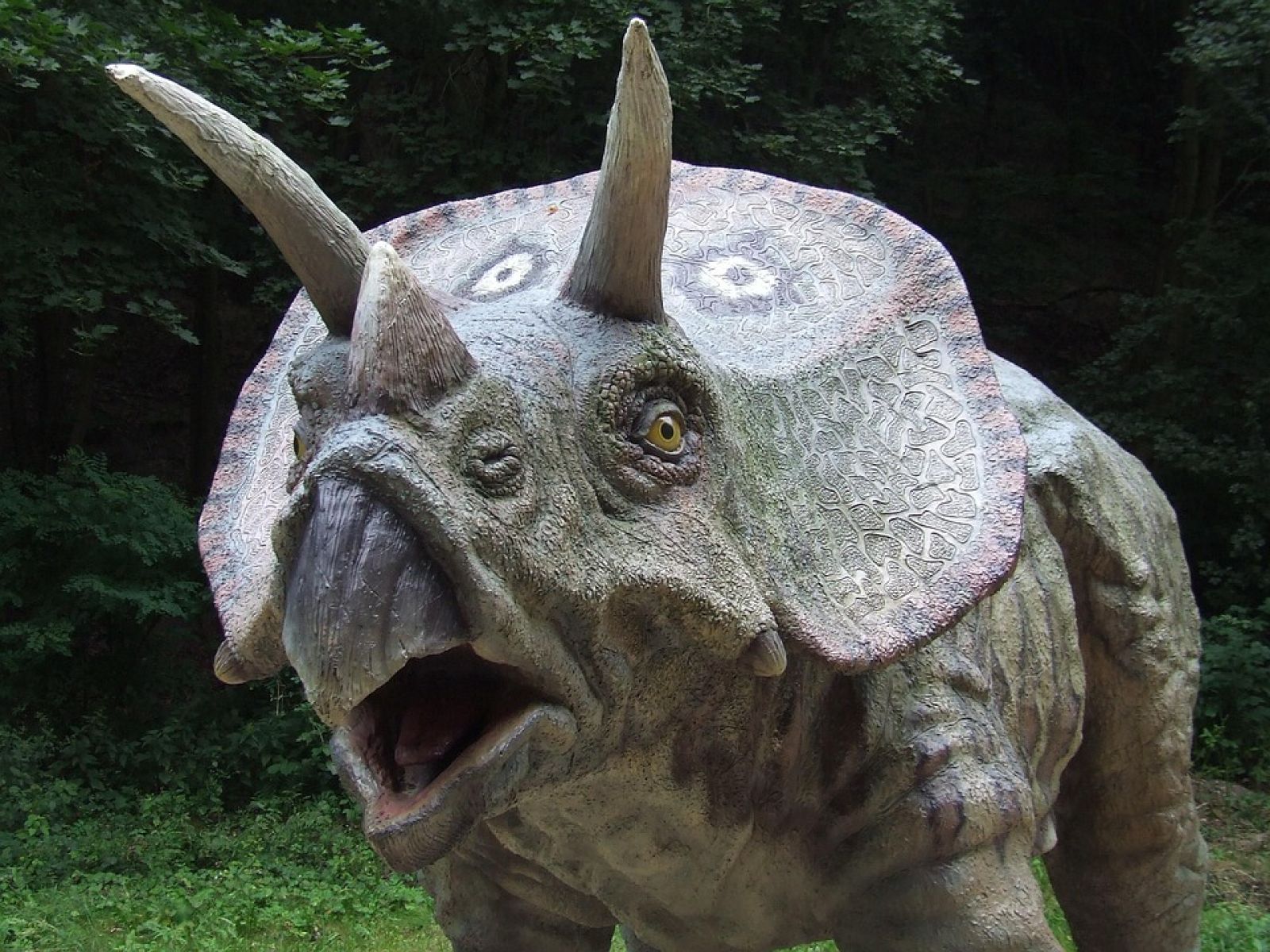Dinosaurs were not in decline before the asteroid impact 🦖
Published by Cédric,
Article author: Cédric DEPOND
Source: Current Biology
Other Languages: FR, DE, ES, PT
Article author: Cédric DEPOND
Source: Current Biology
Other Languages: FR, DE, ES, PT
Follow us on Google News (click on ☆)

Illustration image from Pixabay
Researchers from University College London propose an unexpected explanation: late fossils may simply be less visible. Their analysis suggests that species diversity could have been underestimated due to geological biases. In other words, fewer fossils found does not necessarily mean there were fewer dinosaurs!
A bias in the fossil record
The study is based on a meticulous examination of over 8,000 North American fossils dating from the last 18 million years of the Cretaceous period. Raw data seemed to confirm the theory of a gradual decline, with peak diversity occurring around 75 million years BCE. This interpretation has long fueled debates among paleontologists.
The researchers cross-referenced these observations with an in-depth geological analysis of excavation sites. They found that rock layers from the Maastrichtian (the final stage of the Cretaceous) are less exposed and often obscured by vegetation or erosion. This reduction in accessible outcrops could partly explain the apparent decrease in fossil discoveries.
The team also highlighted significant regional variations. The gradual disappearance of the Western Interior Seaway profoundly altered North American landscapes. These geographical upheavals created uneven fossilization conditions across ecosystems, skewing our perception of the era's actual biodiversity.
An innovative method to reassess history
To overcome the limitations of the fossil record, the team adapted a spatial ecology technique: occupancy modeling. This approach, typically used to study modern species, helped estimate the actual distribution of dinosaurs despite gaps in discoveries. The researchers applied this method to four key groups, including tyrannosaurs and ceratopsids.
The study divided North America into a grid of cells, assessing the probability of dinosaur presence in each. Parameters included geological factors like rock exposure, as well as paleoenvironmental elements (climate, vegetation). This analysis revealed surprising stability in available habitats over nearly 10 million years.
Results show marked differences between groups. Ceratopsians, like Triceratops, appear more frequently in the emerging plains of the late Cretaceous. Conversely, hadrosaurs, associated with riverine environments, seem less represented—likely an artifact of changes in river systems. These variations underscore the importance of contextualizing each group separately.